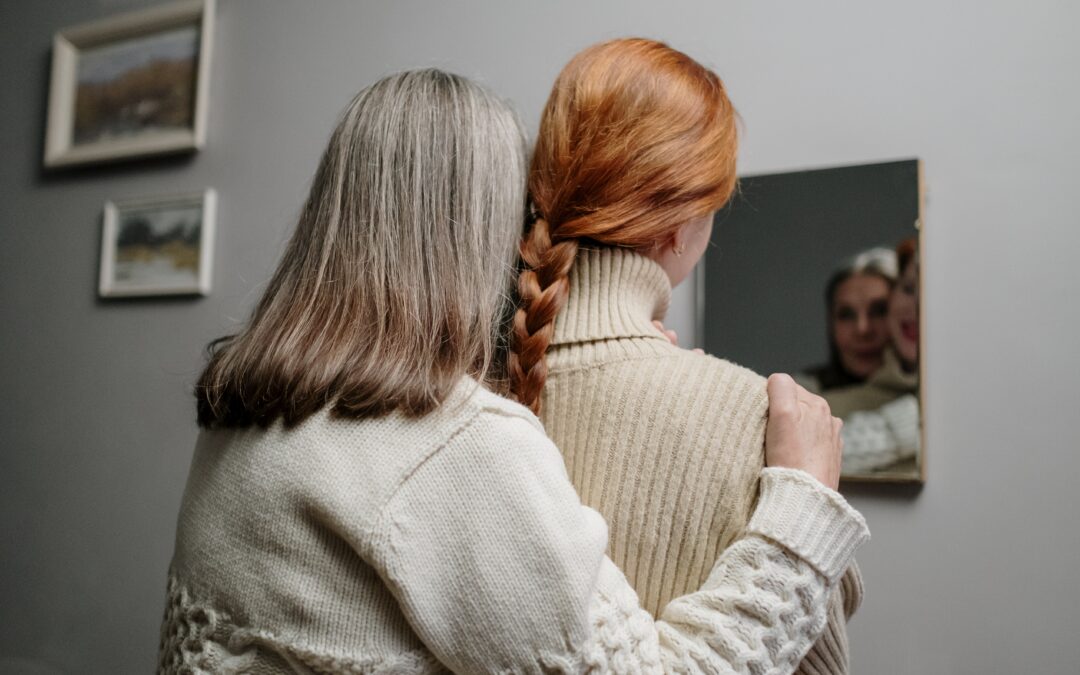In the New York Times, on February 9, 2023, journalist Michal Liebowitz draws a fascinating parallel between the mutual identification of twins and that of spouses. After briefly recollecting her youthful impatience for adult couples who used the royal “we” – we liked that show; we love that restaurant – Liebowitz explains how her husband’s relationship with his twin brother taught her to accept a certain level of boundary porosity in her marriage. Contrasting the idea of the “pure relationship” with a “past vision of romance,” Liebowitz concludes that “surrendering one’s ‘I’ for the sake of the ‘we'” is the best antidote to the sickness of modern individualism.
The Pure Relationship
The idea of the “pure relationship” is described by sociologist Anthony Giddens in his 1992 book The Transformation of Intimacy. In it, he explores the change in society’s definition of sexuality from essentially reproductive to “plastic.” Relationships, according to the latter definition, consist in sexual and emotional equality between partners (for the pure relationship need not be limited to heterosexual couples). The idea of the pure relationship, Liebowitz writes, is to meet “individual needs” and persists “as long as it continues to deliver enough satisfaction to each.” Thus unmet needs or “too much compromise” become grounds for dissolution. Today, the overarching message sent by movies, books, and culture since the sexual revolution is that one should assume a no-strings attached view of sexuality, wherein independence is considered a virtue, the product of healthy boundary-setting which no self-respecting individual would ever sacrifice. Having internalized this narrative prior to marriage, it took witnessing her husband’s “we-ness” with his brother to unlearn her devotion to the “sacred cow [of] the self.” Why the connection? Much like the suspicion with which radical marital intimacy is regarded today, twins have historically been believed to possess a “dangerous intimacy” deriving from an apparent lack of individuation – so much so that parents of twins are encouraged to downplay the fact of their twinship, forcing the segregation of sleeping quarters, dress, and activities. Such a reaction belies how deeply our society values the self as isolated individual above the communal self.
The Past Vision of Romance
The traditional Christian wedding vows to love for richer and poorer, for better and worse, in sickness and in health contain a profound truth about the nature of marriage captured in Liebowitz’s story. Her change of heart towards “we-ness” in marriage arose from her apprehension of the joy of intimate communion with another. She doesn’t resonate with the typical description of marriage in terms of sacrifice because “you can’t sacrifice for that which is you. His joy is not simply important to you because he’s important to you. It is your joy.” The connection between spouses who share everything with each other, like that of twins, is so profound that it becomes instinctive and spontaneous. Such radical intimacy doesn’t eliminate the fact that individuals have different needs and wants, but rather tempers our tendency toward myopic individualism. Add into the equation the fact that traditional marriage takes as a baseline the notion of sexuality as reproductive, children not only deepen communion with one’s spouse (furthering mutual identification between spouses) but also expand the circle of spousal intimacy to include more persons. In marriage traditionally understood, just as Liebowitz says of a good marriage, “the point of life is no longer just to fulfill yourself: you’re seeking something for the team” – a fact which rings truer as the team grows.
Marriage Is Utterly Unique
Liebowitz’s personal insights indicate that marriage, when it is taken seriously as a comprehensive union of persons open to life, lends a unique urgency to the task of loving in a way that no government, institution, or agenda can. When the people you live with rely on you and you on them, always and no matter what, it becomes less about me and my priorities and more about us and our ultimate good. Sharing joys and sorrows, day in and day out, 24-hours per day is daunting and scary for many – indeed, no one who has ever been part of a family, however loving, will tell you it’s easy – but it’s what teaches us to instinctively give of ourselves generously in ways we can’t consciously replicate. That’s why marriage, and the family by extension, are so crucial to our personal lives and our society. Without their tempering effects, we are left to discern everything for ourselves, from how we spend our spare time to what we hold as our fundamental values. Rather than shy away from the “sacrifice” called for by marriage and family, we should lean into identification with others, most especially those to whom we are bound by vows and blood.







